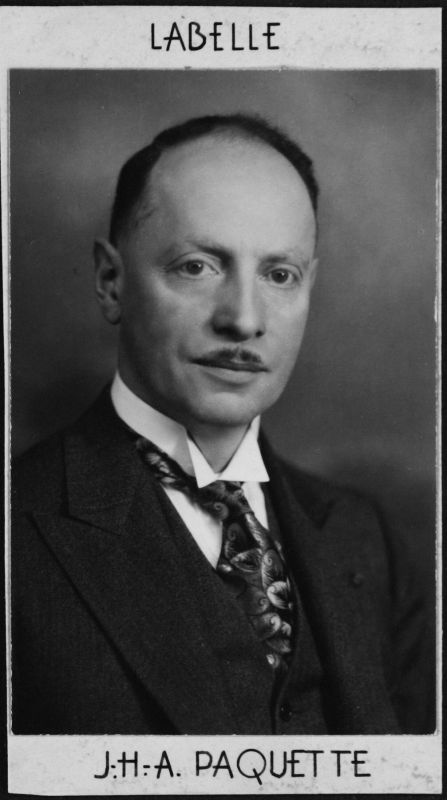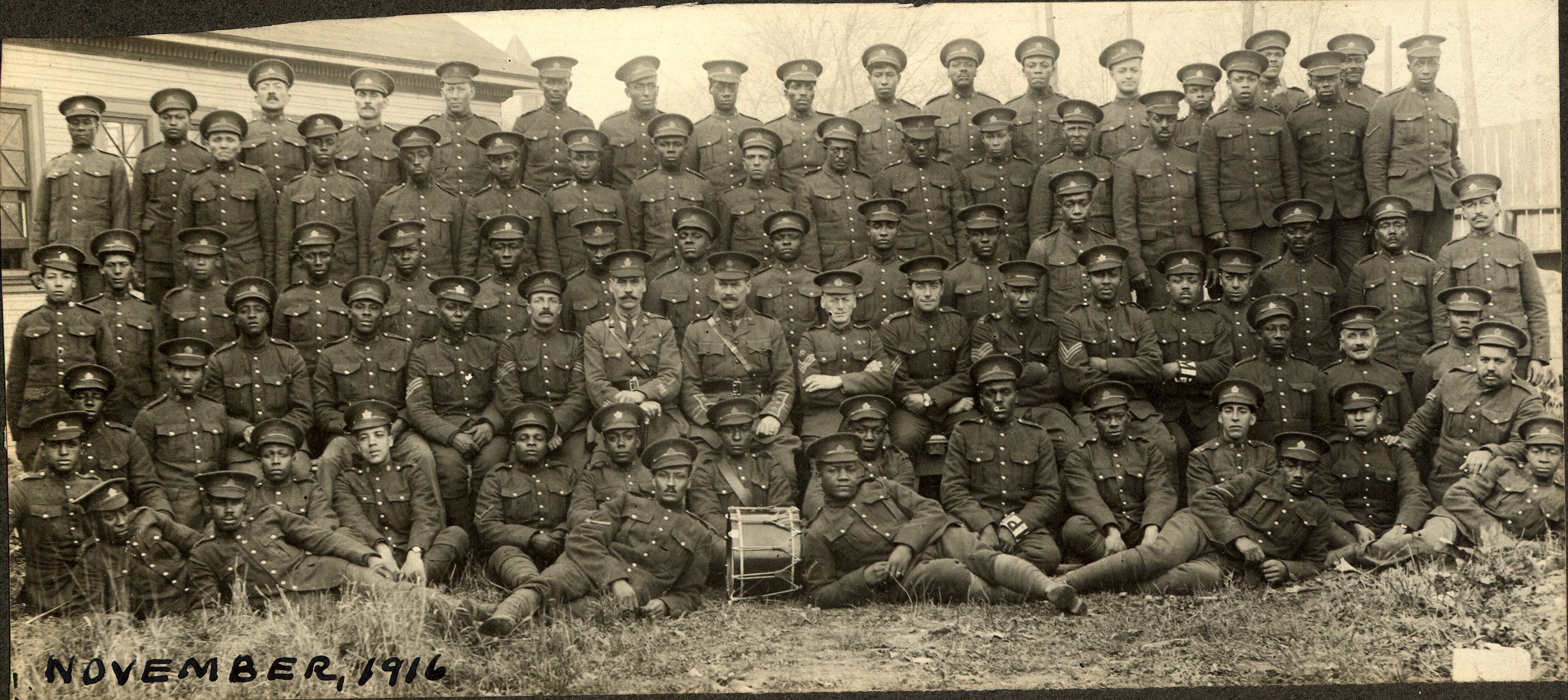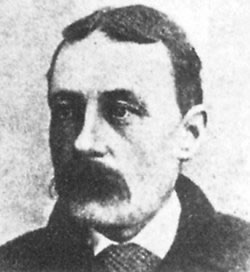Article
Albiny Paquette
Joseph-Henri-Albiny Paquette, soldier, doctor and politician (born 7 October 1888 in Marieville, QC; died 25 September 1978 in Mont-Laurier, QC). Dr. Paquette served as a medical officer in Europe during the First World War and subsequently enjoyed a distinguished career in politics. He was the first Minister of Health of Québec.














